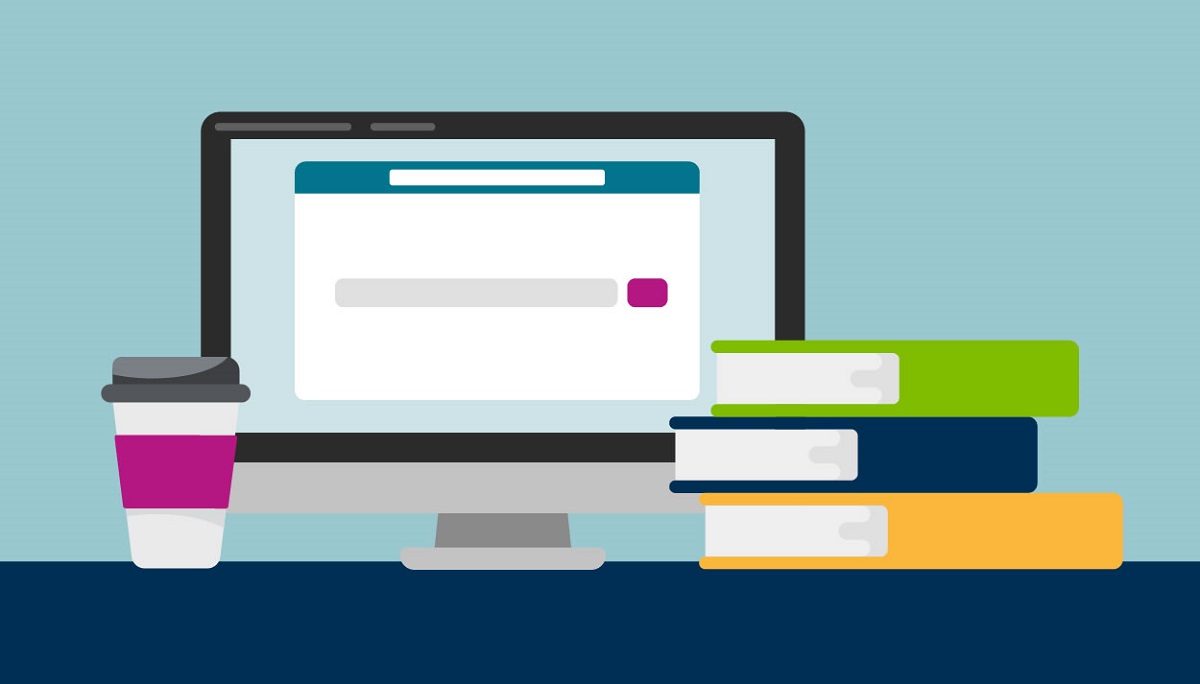Six Ways a Discovery Platform Ensures Success with the Google Generation
The “Google Generation”, “Digi Natives”, “Generation Z” – the newest generation of today’s college students have arrived in your library bringing with them a paradoxical challenge


The “Google Generation”, “Digi Natives”, “Generation Z” – the newest generation of today’s college students have arrived in your library bringing with them a paradoxical challenge. These individuals are technically savvy and have a sophisticated user experience expectation, but lack research skills that are vital not only to their success in academia, but also to their success in the workplace. A discovery service can help to build better research skills in your users while simultaneously increasing usage of your library’s collection. Below are six ways a discovery service can create a win-win for you and your users.
6. Subject Indexes
Subject indexes from the most sought-after resources should be integrated into your discovery platform, so users enjoy the quickest and most precise pathway to research success. What’s more, the work done by experts in the field to curate and classify materials (journal articles, books, conference proceedings, dissertations, etc.) and develop field-specific controlled vocabularies has tremendous value. Mapped vocabulary terms from these sources can add precision for topical searches.
5. Citation Search
Help library users fill in the gap. Citation search allows users to copy and paste citations into the discovery search box and delivers the relevant match to the top of the result list, reducing search time for known items.
4. Research Starters
Paving the right path for research includes anticipating their needs. Placing popular research topics at the top center of results lists allows your users to connect quickly to the information they need. Research Starters can help you achieve this. Research Starters are short Wikipedia-like summaries and authoritative overviews of more than 70,000 of the most popular topics that your users can cite credibly in their research.
3. ILS Integration
Partnering a discovery service with a popular ILS vendor allows libraries to take advantage of the benefits of both services. Through these partnerships, mutual customers will get better and easier access to the breadth of content and resources their libraries provide. Through the inclusion of ILS functionality into the discovery experience, including checkouts, holds, renewals, access to personal account history, etc., a library can provide a better user interaction with content.
2. Full-Text Linking
The least number of clicks is often what your library should strive for when it comes to optimal UX. This is especially true for full-text access. When you can fully customize linking technology, you can configure full-text linking to not only meeting your users’ needs but also to have better control over your full text.
1. Customization
By customizing the discovery experience, you are creating an optimal way for your users to conduct their research and ensuring usage of your library’s collection. Customization can be created through many elements such as branding, the discovery search box and through integration of specific apps.
The good news? EBSCO Discovery Service™ covers the six above points and more.
Learn more and download the free infographic.
SPONSORED BY
RELATED
ALREADY A SUBSCRIBER? LOG IN
We are currently offering this content for free. Sign up now to activate your personal profile, where you can save articles for future viewing










Add Comment :-
Comment Policy:
Comment should not be empty !!!